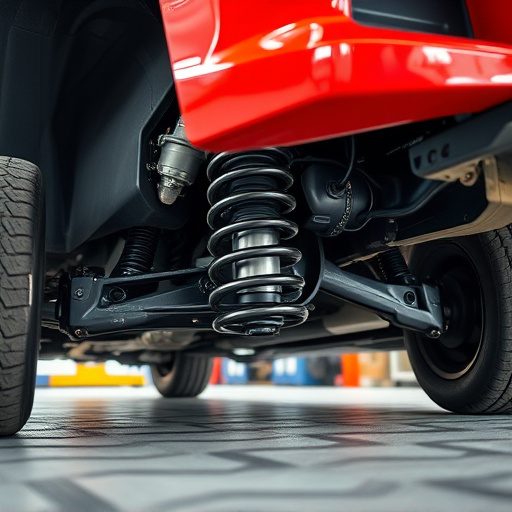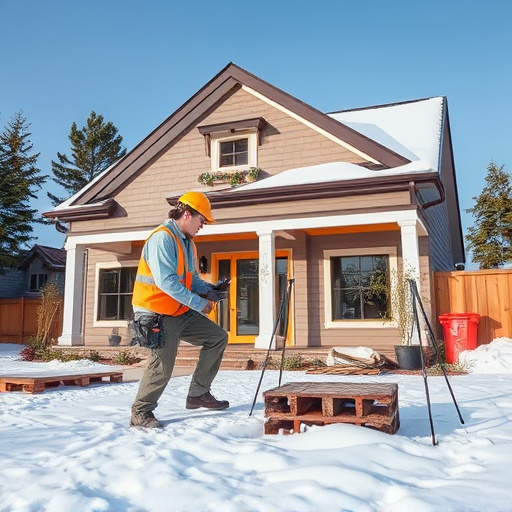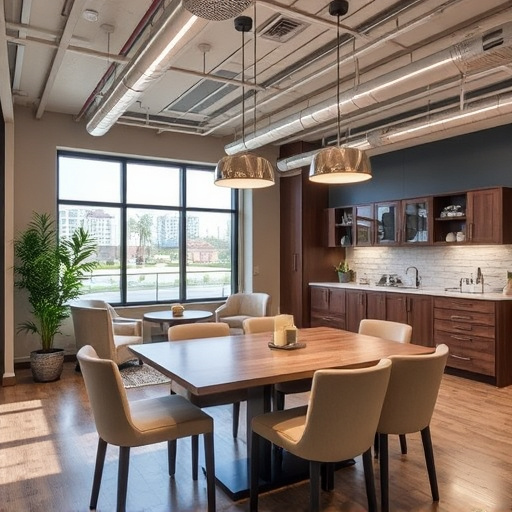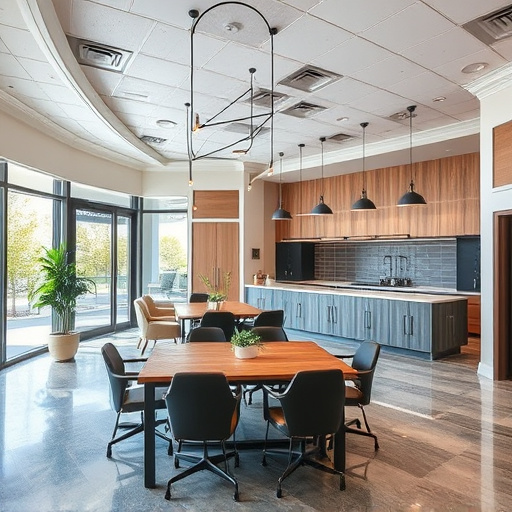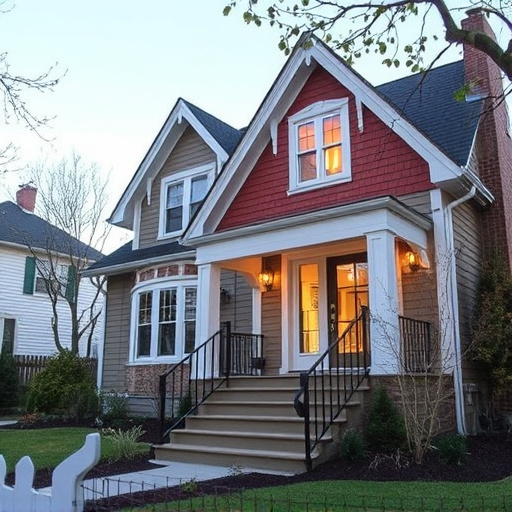Choosing low-VOC or VOC-free flooring during renovations reduces health risks and enhances comfort, making it a key consideration for homeowners. Modern eco-friendly options like luxury vinyl tiles (LVT), bamboo, cork, recycled rubber, and linoleum prioritize health and sustainability. A successful flooring upgrade requires meticulous preparation, expert installation, and high-quality, natural materials to prevent subfloor issues, ensure proper fits, and enhance air quality. Proper techniques create durable, beautiful floors that contribute to overall health, regardless of material type.
Upgrade your home with a flooring transformation that goes beyond aesthetics, fostering a healthier environment. This guide explores how flooring choices significantly impact indoor air quality, highlighting the importance of eco-friendly and non-toxic options. From hardwood to bamboo, we uncover sustainable solutions. Learn expert installation tips for a seamless transition, ensuring a clean, safe space. Discover how a smart flooring upgrade can breathe new life into your home, both stylistically and in terms of air quality.
- Understanding the Impact of Flooring on Indoor Air Quality
- Exploring Eco-Friendly and Non-Toxic Flooring Options
- Installation Tips for a Seamless and Healthy Home Transformation
Understanding the Impact of Flooring on Indoor Air Quality
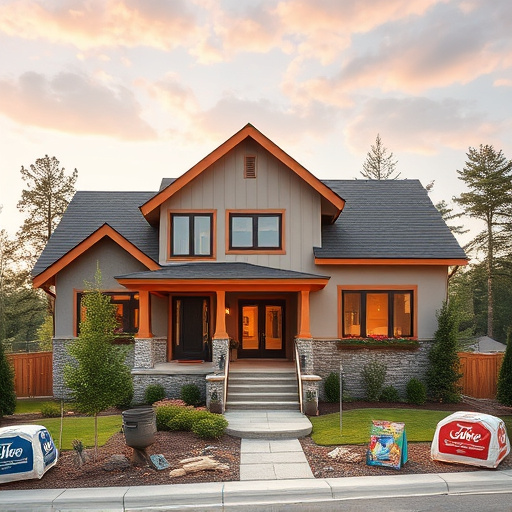
The flooring we choose for our homes can have a significant impact on the indoor air quality, often going unnoticed. Many traditional flooring materials release volatile organic compounds (VOCs) as they age or become damaged, contributing to poor air quality and potential health issues. These substances can be especially harmful during residential renovations when dust and debris are prevalent.
A flooring upgrade is not just about aesthetics; it’s a strategic step towards creating a healthier home environment. Opting for low-VOC or VOC-free flooring materials reduces the risk of respiratory irritation, allergies, and other health problems associated with poor indoor air quality. This simple yet effective change can enhance comfort and well-being, making your home renovation services more focused on long-term benefits for you and your family.
Exploring Eco-Friendly and Non-Toxic Flooring Options
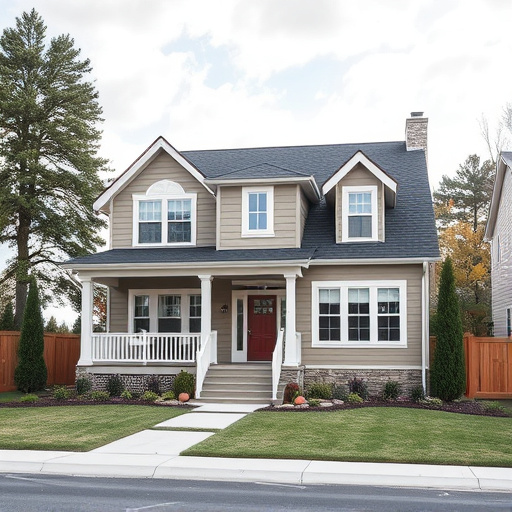
When considering a flooring upgrade, homeowners now have an extensive range of eco-friendly and non-toxic options to choose from, which is great news for those prioritizing health and sustainability in their homes. This shift towards greener floor coverings is not only better for the environment but also ensures a safer interior space, free from harmful chemicals often found in traditional flooring materials. Many modern flooring solutions are now made from renewable resources, offering an excellent alternative to conventional options. For instance, luxury vinyl tiles (LVT) have gained popularity due to their durability and versatility, imitating natural materials like wood or stone while being entirely free of toxic compounds.
For those looking to enhance their residential renovations or embark on kitchen renovations, exploring these non-toxic flooring choices can significantly contribute to a healthier living environment. From bamboo and cork to recycled rubber and linoleum, each option provides unique benefits, ensuring both style and sustainability. These materials not only reduce environmental impact but also offer excellent insulation, contributing to energy-efficient homes. With the rise in demand for eco-conscious home renovation projects, the market is now flooded with innovative, non-toxic flooring alternatives that cater to every taste and budget.
Installation Tips for a Seamless and Healthy Home Transformation
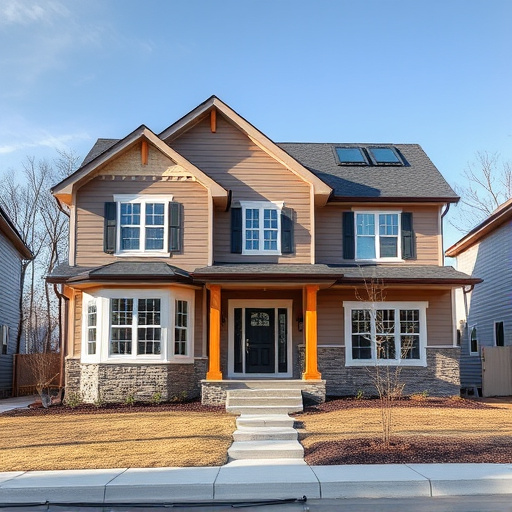
When undertaking a flooring upgrade as part of your home improvement services or whole house remodels, seamless installation is key to achieving a healthy home environment. Start by preparing the subfloor thoroughly, ensuring it’s clean, dry, and level. This foundation is crucial for preventing future issues like warping or loose boards. Next, carefully measure each room and cut flooring to size if necessary, taking care to fit pieces snugly together without gaps. Use high-quality flooring materials free from harmful chemicals, opting for natural options where possible to enhance air quality. During installation, maintain proper ventilation in the space to minimize dust and debris, a common by-product of renovation services that can trigger allergies or respiratory issues.
For a truly healthy transformation, consider professional flooring installers who specialize in eco-friendly practices and have experience with a range of materials. Their expertise ensures not only a flawless finish but also minimizes waste during the process. Whether you’re opting for hardwood, bamboo, or luxurious vinyl, proper installation techniques will create a beautiful, durable floor that contributes to a healthier living space.
A flooring upgrade is not just an aesthetic choice; it’s a step towards creating a healthier home environment. By understanding the impact of flooring on indoor air quality, exploring eco-friendly and non-toxic options, and implementing seamless installation practices, you can significantly enhance your living space. Embrace this transformation for a cleaner, more vibrant home that supports both your well-being and the planet’s.




